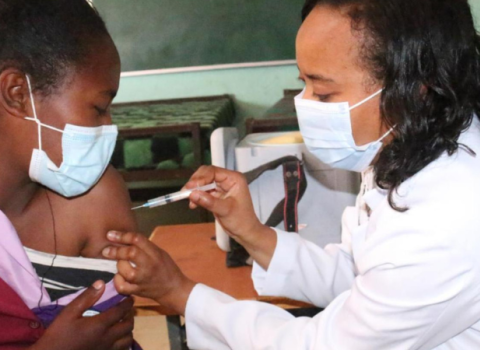Research lead
Researchers at the Helmholtz Centre for Infection Research in Braunschweig, Germany have published findings on a group of natural antibiotics that show a novel method of action and the ability to kill bacterial strains resistant to antibiotics.
A working group at Rutgers University in New Jersey, USA has joined up with the Helmholtz researchers to explore in detail how these compounds, isolated from the soil-dwelling myxobacteria, interact with pathogenic bacteria.
Reported in the journal Cell, these agents work by binding to the bacterial enzyme RNA polymerase, preventing translation of the genome and, hence, the spread of the bacteria. This mode of action is novel – these agents bind to a different location within DNA polymerase than some currently known antibiotics.
The novel mode of action and the ability of these agents to kill bacterial strains resistant to antibiotics make them appealing candidates for development as novel antibiotics. But the three compounds under investigation – myxopyronin, corallopyronin and ripostatin – are not applicable as antibiotics in their current form, and face a long process of development.
Helmholtz chemist Rolf Jansen says: “Our natural agents are so-called chemical leads, which the chemists will modify in detail in order to increase their antibiotic action and minimize side-effects. This development will include extensive testing, which may take several years, before the new medicine will reach the hands of doctors finally.”
In the search for such candidates the Helmholz Centre for Infection Research enjoys a strong advantage: its unique collection of natural substances. This has proved to be a highly effective source of drug candidates in the past, for example, it produced epothilone, which was approved for the treatment cancer last year.





 A unique international forum for public research organisations and companies to connect their external engagement with strategic interests around their R&D system.
A unique international forum for public research organisations and companies to connect their external engagement with strategic interests around their R&D system.